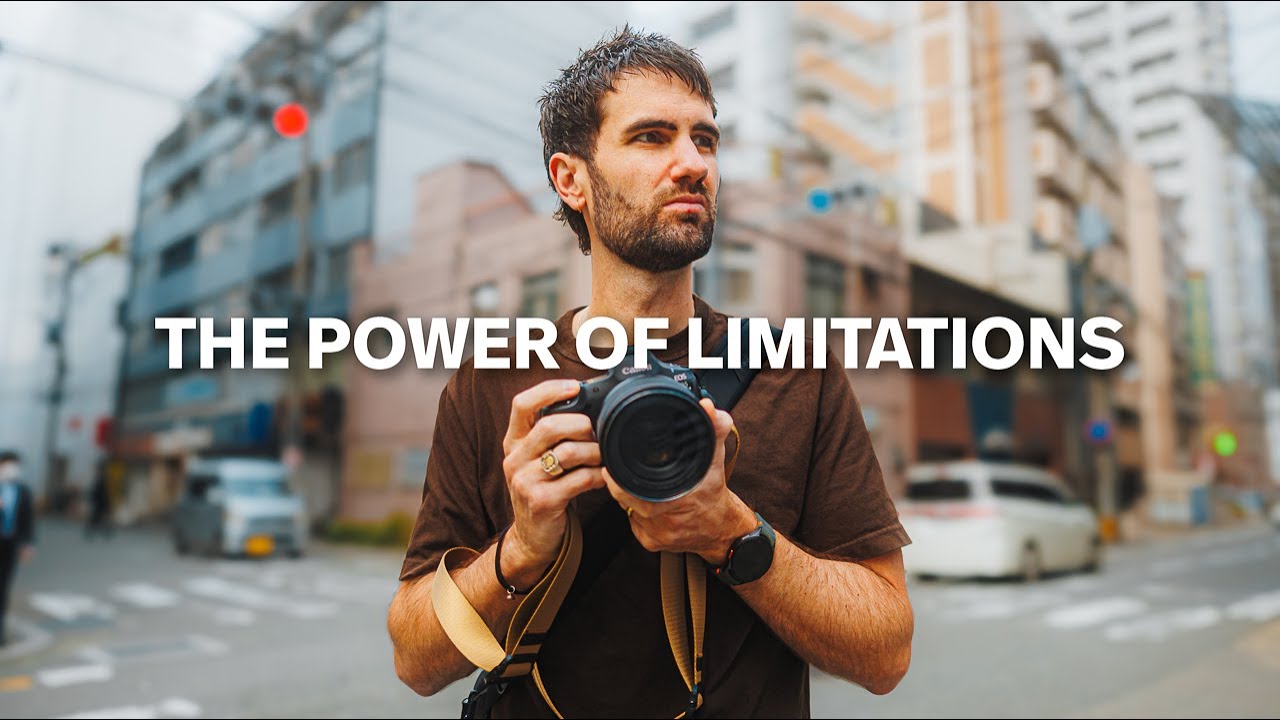Why Shooting with Only One Lens Can Transform Your Photography
Ever wondered what it's like to explore a vibrant city armed with just one lens? Photographer Tim Northey takes us on a captivating journey through the streets of Fukuoka, Japan. In his latest video, he explores explore the benefits of a minimalist approach using a single lens and how it can elevate your photography.
We'll break down the video's core message, provide practical tips you can use immediately, and unpack the reasons why embracing this approach can be a game-changer for your photographic journey.
Sharpening Your Compositional Eye
When you have a multitude of lenses at your disposal, it's easy to fall into the trap of relying on zoom functionality to frame your shots. A single lens forces you to move your feet, to physically engage with your subject and its surroundings. This active process cultivates a stronger understanding of spatial relationships and perspective, leading to more impactful compositions.
Choosing the Right Lens for Your Vision
The video acknowledges that not all lenses are created equal. The ideal focal length for you depends on your preferred photographic genre. Here's a brief breakdown to get you started:
- Wide-angle lenses (16mm-35mm): Perfect for capturing expansive landscapes, grand architecture, or close-up shots that emphasize a vast foreground.
- Standard or prime lenses (35mm-50mm): Often considered the most versatile option, mimicking the human field of view and offering a natural perspective for portraiture, street photography, and everyday shooting.
- Telephoto lenses (70mm and above): Ideal for wildlife photography, sports action, or capturing distant details.
Remember, the most important lens you possess is your own unique perspective, there are no hard and fast rules. Experiment with different focal lengths to discover what best suits your creative vision.
You may also like: 5 Essential Street Photography Tips & Techniques All Pros Use
Images and video via TKNORTH


















0 comments:
Post a Comment